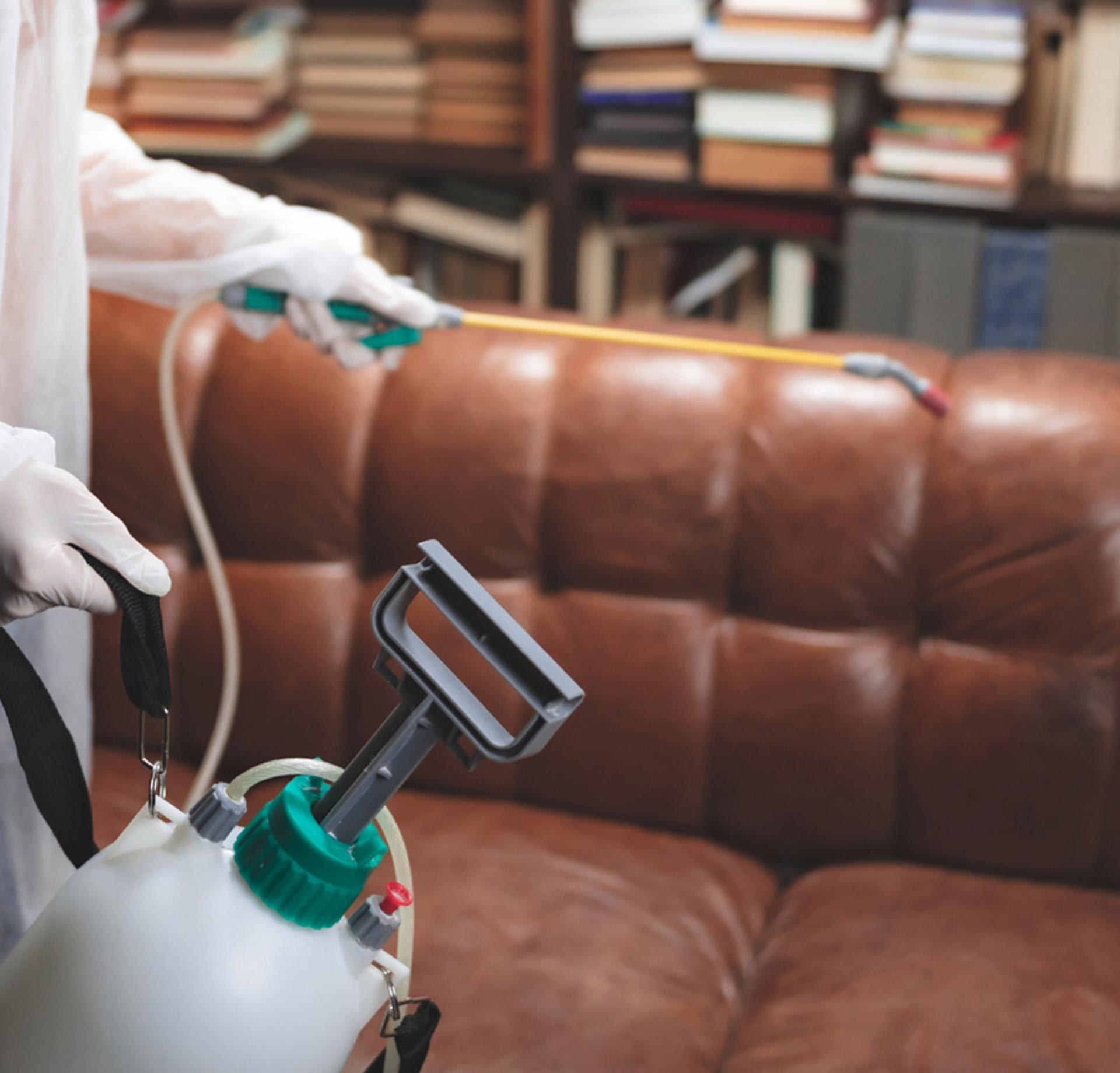COVID-19
MAKE A DIFFERENCE
Nano Environmental Solutions Habersham is aggressively responding to the COVID-19 Pandemic by working to quickly provide service to the community.
We are monitoring all requests and returning them as quickly as possible.
- A team member will follow up with your request within the next 48 - 72 hours.
A BETTER WAY TO CONTROL GERMS
STOP the Spread of communicable germs and diseases with our revolutionary Nanostatic® Process. The Nano Environmental Solutions hospital-grade disinfectant kills viruses, bacteria, fungi, and allergens. This solution combined with our Nanostatic® Process is effective and safe for all living things.

